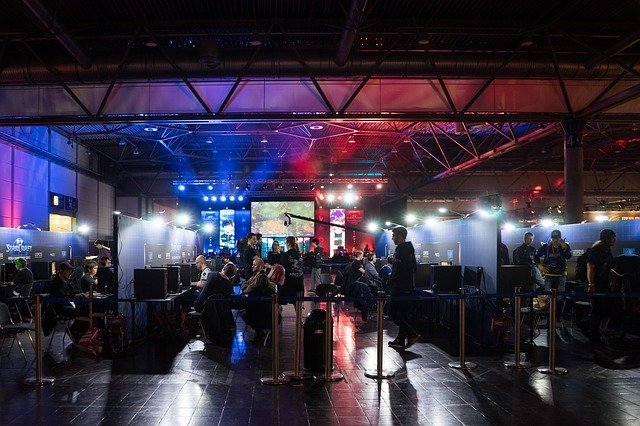Less than a decade ago, eSports was a fledgling enterprise worldwide. It was characterized by a small audience and even smaller purses. Today, partly in response to the coronavirus pandemic, games like League of Legends have drastically transformed the gaming industry.
Cancellation and postponement of annual big sports events have given way to new digital alternatives signaling the future of spectator sports. Generally, these games will not only sell out arenas but also pay millions. In China, like most other developed countries, eSports has seen accelerated growth, as evidenced by Shanghai’s push to construct an eSports center estimated to cost roughly $898 million.
In early January and February 2020, the COVID-19 pandemic was mainly confined to China. This affected the multi-city hosting format of the League of Legends World Championship, with only Shanghai hosting all the stages of the tournament using an “isolation bubble” environment. Following the successful conclusion of the Championship games, Shanghai wants to build on this achievement.
The proposed construction of the Shanghai E-sports Center, which is already underway, is a good idea to transform the district into a global eSports hub. The massive eSports center will cover 500,000 square meters and cost more than ¥5.8 billion ($898 million). The arena’s capacity is about 6,000 gamers and spectators, although it won’t be ready until 2024. Shanghai’s plan for the project is for it to become a global hub for eSports. This way, the arena will be the main host of top-level eSports teams and companies in China and globally. What’s more, the facility will have an attached hotel for visiting teams and companies.
From an investment point of view and in efforts to bounce back from the Coronavirus pandemic, the Shanghai business district is looking to use the facility to increase revenue through participation and sales. According to Newzoo’s revenue forecast, the eSports industry will generate revenues worth $1.6 billion by 2023. For something as big as LoL Worlds, revenues of this magnitude are attainable. Moreover, by building a venue solely dedicated to eSports, Newzoo believes that forecasted growth will supersede expectations once it becomes operational. The eSports center’s construction will mark a positive move by Shanghai in its effort to ensure it plants its flag as a major stakeholder in the fast-growing industry.
E-sports Ecosystem, Market Growth Trends and the Future
As earlier mentioned, it is just recently that eSports burst into the mainstream, transforming from a subset of sports culture into a central form of entertainment worldwide. The vibrant niche has been powered, at least in part, by championing celebrities like Drake, DJ Marshmello, and Michael Jordan, to mention just a few. Additionally, increasing coverage of eSports by traditional media outlets like ESPN has aided in the transition of ticket sales from the arena to the internet, making the game a fully-fledged industry in its own right.
In 2020 alone, Newzoo estimates that the esports industry generated over $1.1 billion worldwide. Perhaps you are wondering which eSports markets contributed to this remarkable figure. Indeed, eSports in Canada and the US markets have gained traction since the global pandemic was reported. Newzoo squarely points to China as the largest eSports market in another stunning statistic, with approximately 70% of the 720 million China’s gaming enthusiasts playing eSports games. These statistics indicate that the current market scenario has led to substantial market demand for eSports, thereby necessitating game developers in developed and emerging economies to improve customer experience continually.
Between 2021 and 2026, the eSports market is expected to register a CAGR of 20%. During this period, gamers will spend about $17.9 million hours watching their favorite sports and gaming heroes via YouTube, Twitch, or other gaming forums. Given that the eSports industry is still in its initial stages of development, the growing viewership means that the sports will offer a strong potential for gamers to capitalize on in the future.
Today, there are many stakeholders in the gaming sector.
As competitive video games continue to be incorporated into popular culture, game developers, media outlets, global investors, brands, and customers are all paying attention. Per Insider Intelligence estimates, eSports viewership is expected to rise to 646 million by 2023. This will be a remarkable growth rate of approximately 9% compounded annually from 2017. It will also mean that the rate will have doubled over six years, as the 2017 audience was 335 million worldwide. E-sports will hit its stratosphere largely because of the social components of gaming and live streaming that it accommodates. From the precedent, there is no denying that the top culturalization of eSport will help power investments and revenues in the future.








Recent Comments